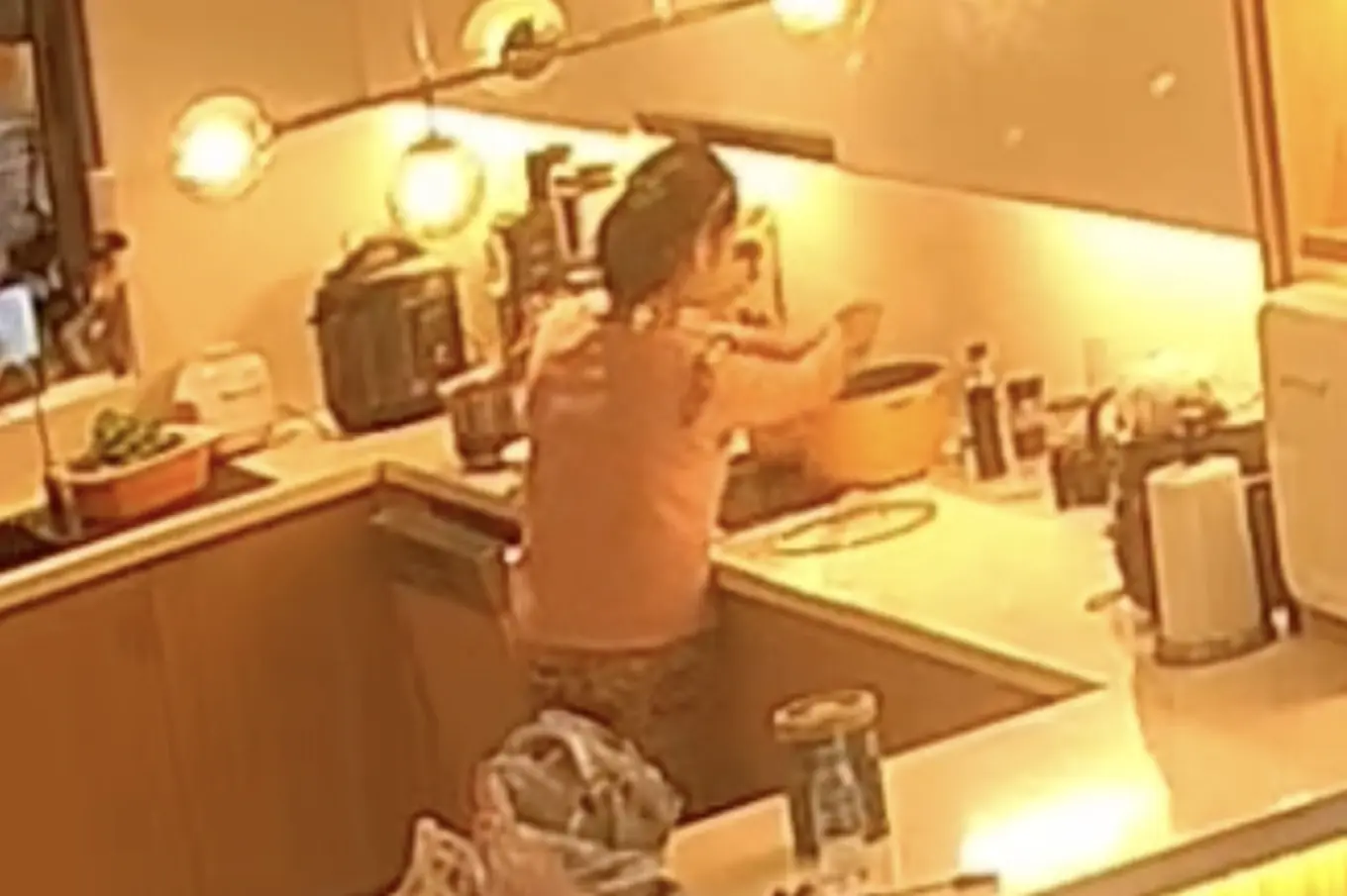
DIY Garden Sprinkler: Easy and Affordable Watering Solution Using Plastic Bottles
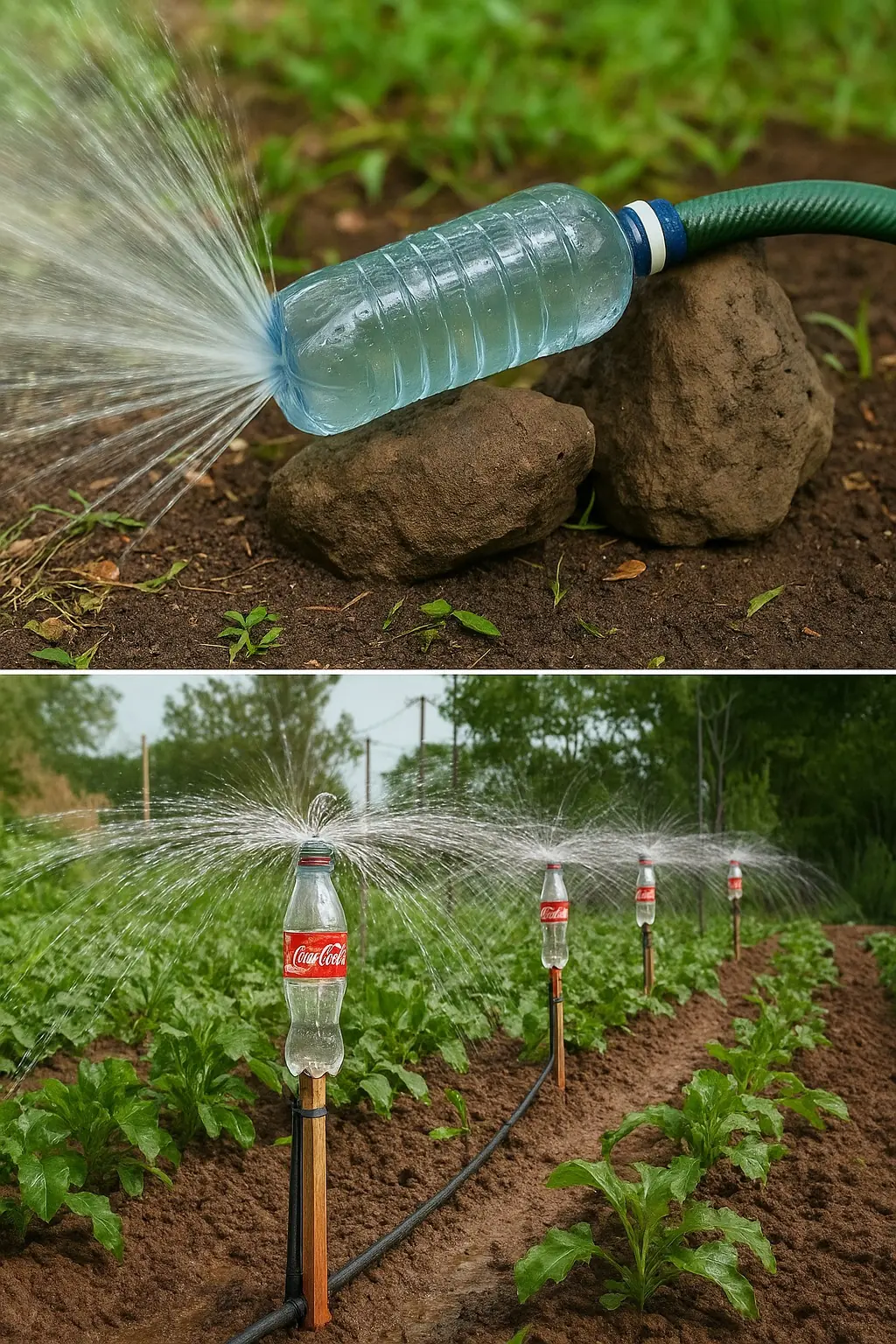
Keeping your garden well-watered is essential for healthy plants, but traditional irrigation systems can be expensive and complicated to install. Luckily, there’s a simple and effective way to water your garden using recycled plastic bottles—a smart, eco-friendly, and budget-friendly solution.
Why Use Plastic Bottle Sprinklers?
Plastic bottles are readily available and can be transformed into efficient sprinklers that distribute water evenly across your plants. This DIY method not only saves money but also reduces plastic waste, making it a win-win for your garden and the environment.
How It Works
The plastic bottle is attached to a garden hose, with multiple holes poked around its sides. When water flows through the hose, it sprays out evenly through the holes, providing a gentle shower to your plants. This mimics the effect of commercial sprinklers at a fraction of the cost.
Step-by-Step Guide to Making Your Own Bottle Sprinkler
Materials Needed:
-
Clean plastic bottles (water or soda bottles work well)
-
Garden hose
-
Sharp knife or nail to poke holes
-
Tape or hose clamps to secure the bottle
Instructions:
-
Prepare the Bottle: Remove the label and clean the bottle thoroughly. Let it dry completely.
-
Create Holes: Use a sharp knife, nail, or screwdriver to poke small holes evenly spaced around the sides of the bottle. The number and size of holes determine the spray pattern and water flow.
-
Attach to Hose: Securely fasten the bottle onto the end of the garden hose. You can use tape or hose clamps to ensure it stays in place and doesn’t leak.
-
Test the Sprinkler: Turn on the water at a low pressure to check how the water sprays. Adjust the hole sizes if needed for an even spray.
-
Install in Garden: Place the sprinkler in your garden by attaching it to a stick or stake to hold it upright among your plants.
Benefits of Bottle Sprinklers
-
Cost-Effective: Uses recycled materials and requires no expensive parts.
-
Eco-Friendly: Helps reduce plastic waste by reusing bottles.
-
Easy to Make: Requires minimal tools and skills.
-
Customizable: You can adjust the number and size of holes to suit your garden’s watering needs.
-
Gentle Watering: Provides a soft spray that won’t damage delicate plants.
Tips for Best Results
-
Position sprinklers to cover all areas evenly.
-
Use multiple bottle sprinklers for larger gardens.
-
Water early in the morning or late in the evening to minimize evaporation.
-
Regularly check holes for clogging and clean as needed.
Conclusion
This DIY plastic bottle sprinkler is a simple yet effective way to keep your garden hydrated without spending a fortune. It’s perfect for small gardens, balcony plants, or anyone looking to practice sustainable gardening. Give it a try and enjoy lush, healthy plants with minimal effort!
News in the same category


Hemiplegia due to a habit that many men have

Looking at the phone too much, the young man could not lift his head.
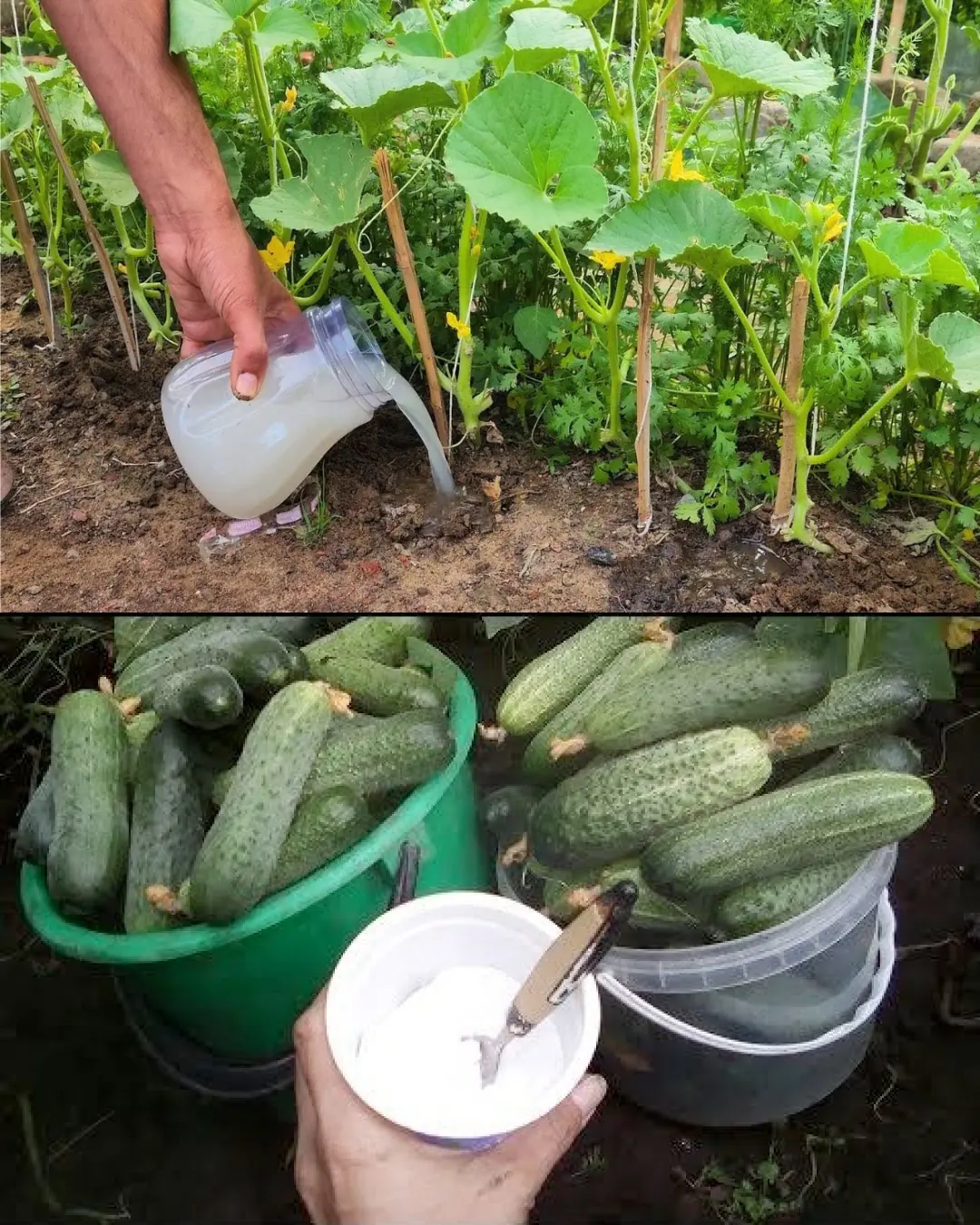
Baking Soda is a Gardener’s Best Friend: 10 Clever Uses in the Garden

A Christmas Dream, and How It Came to Be True
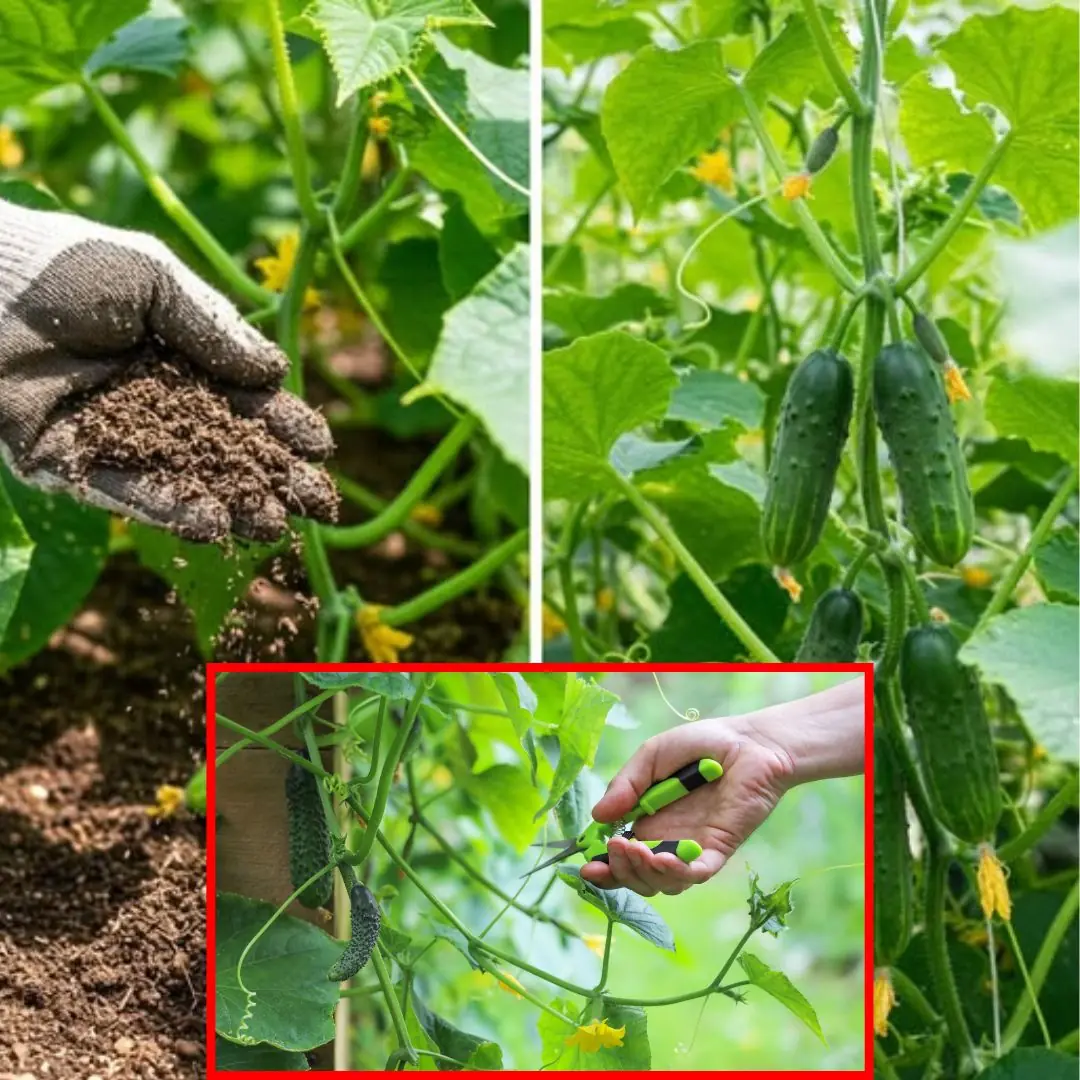
Learn How To Grow Cucumbers This Summer
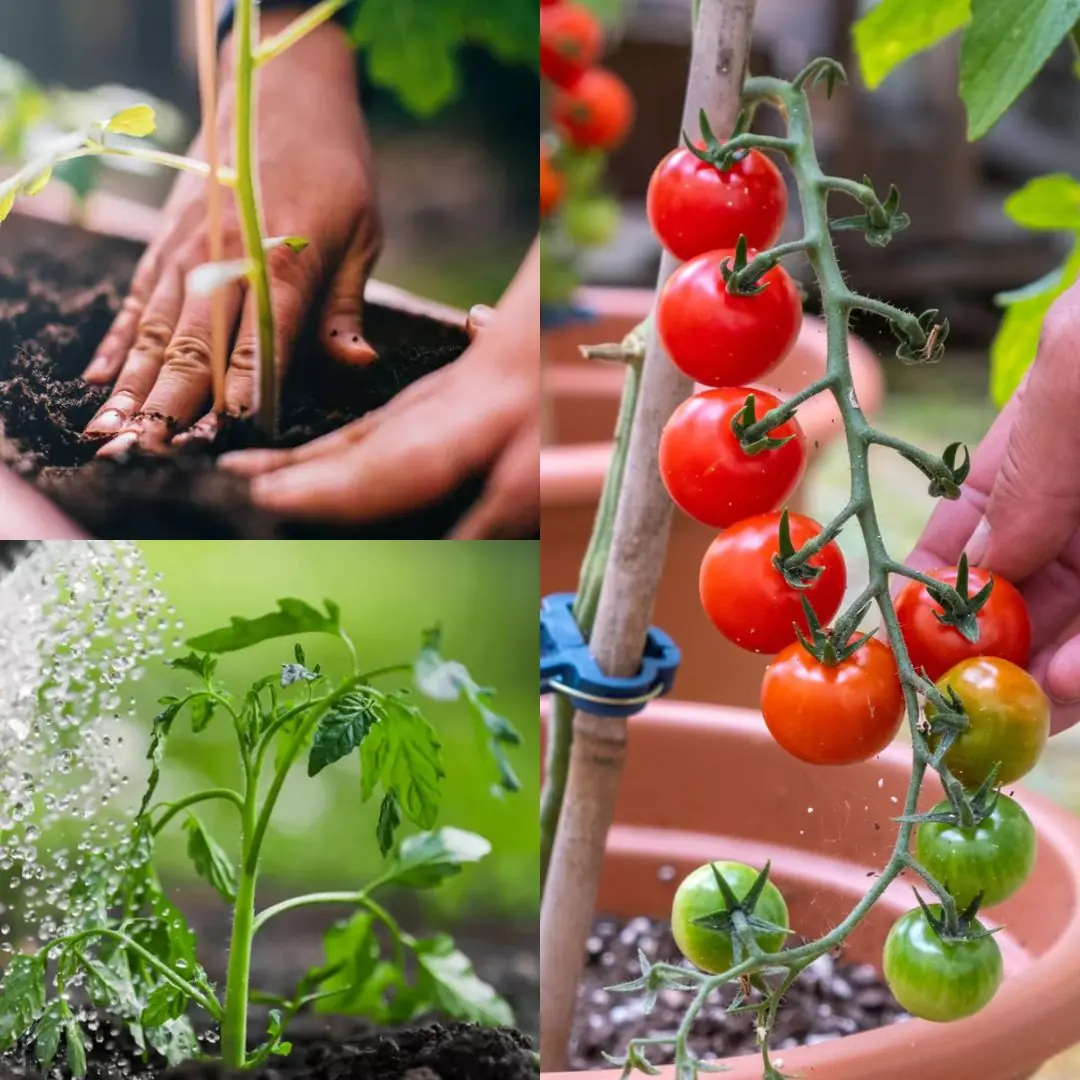
13 Best Tips for Planting and Growing Great Tomatoes

The Storyteller
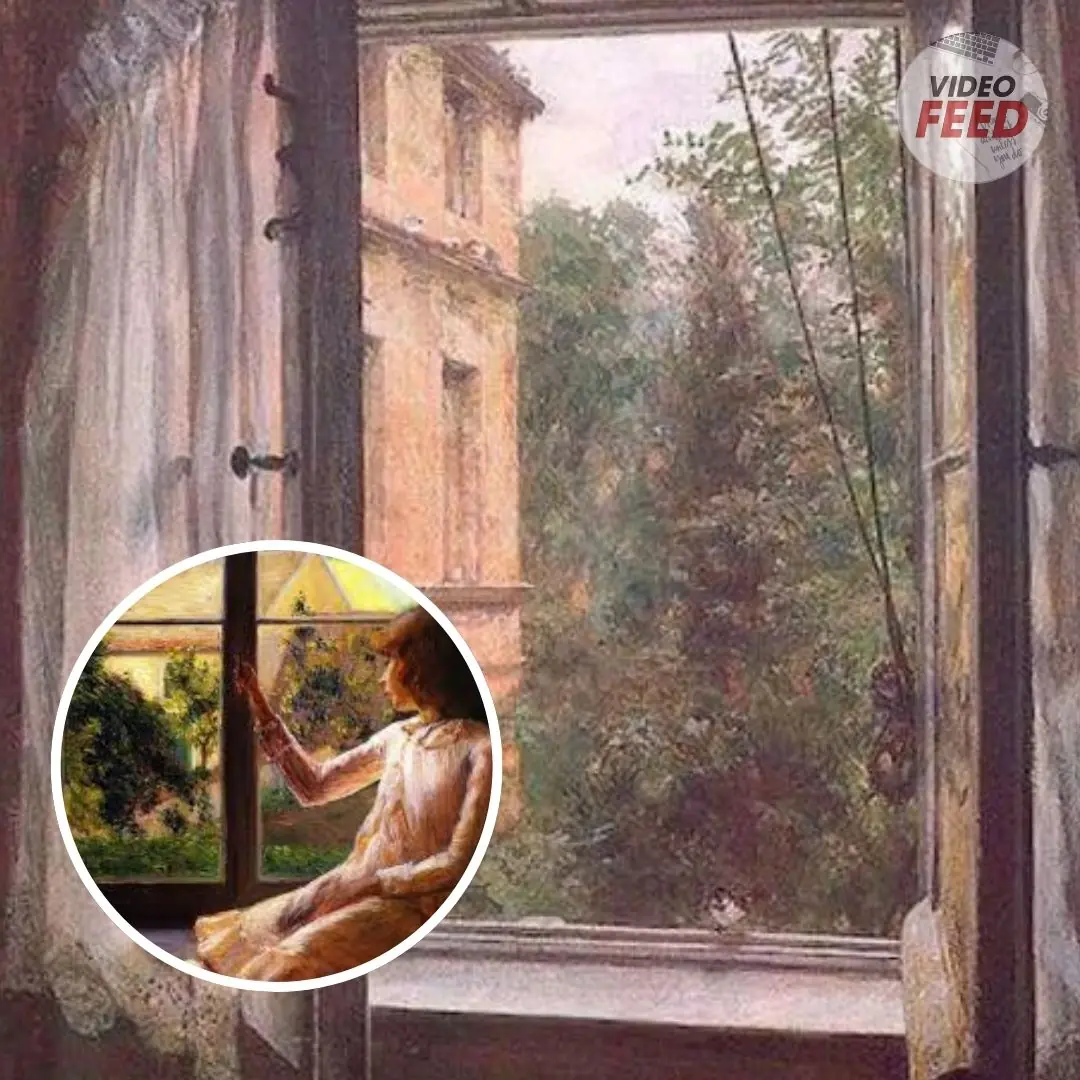
The Open Window

Christmas Jenny

Asleep in Armageddon

A man whose body never showed any abnormal signs, only had a slight pain for 3 months and was diagnosed with two can.cers
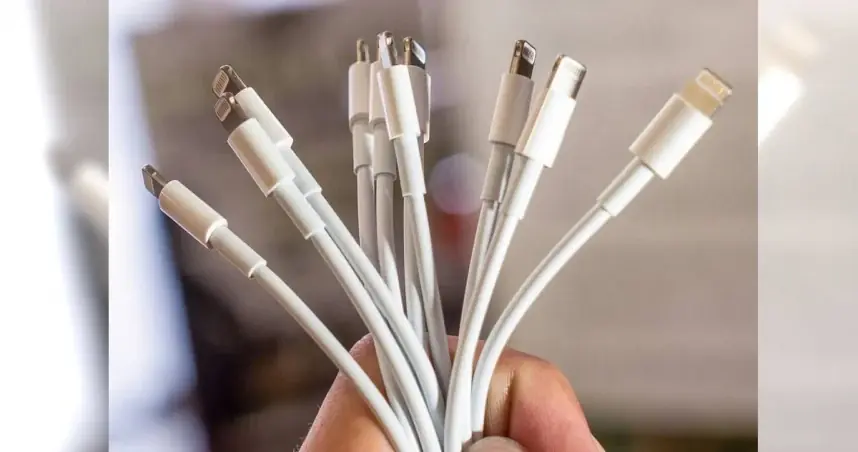
House on fire because of throwing phone charger on bed and leaving

101-year-old Japanese writer reveals the secret to good health and extraordinary memory
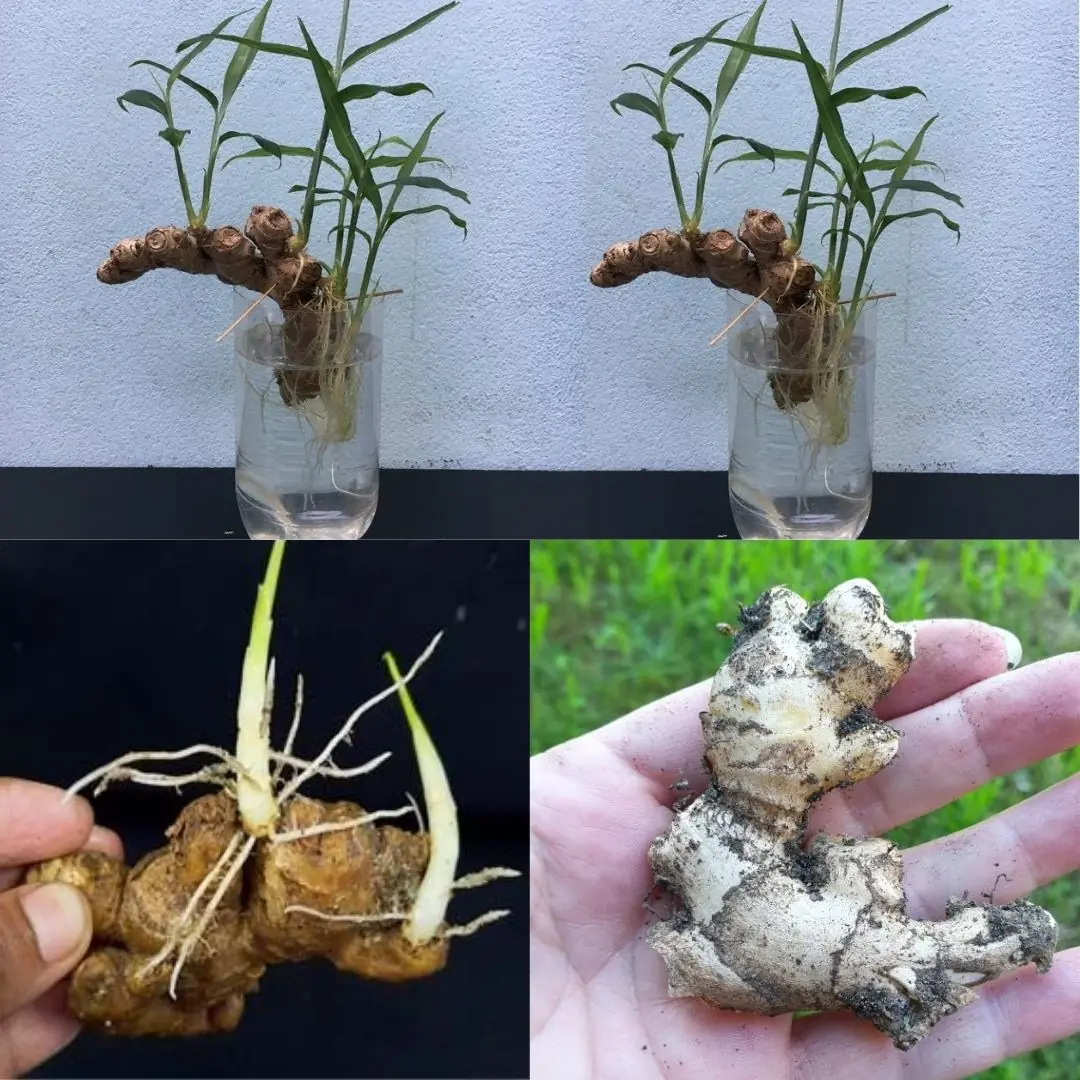
No Soil Needed: Beginner's Guide to Growing Ginger in Water
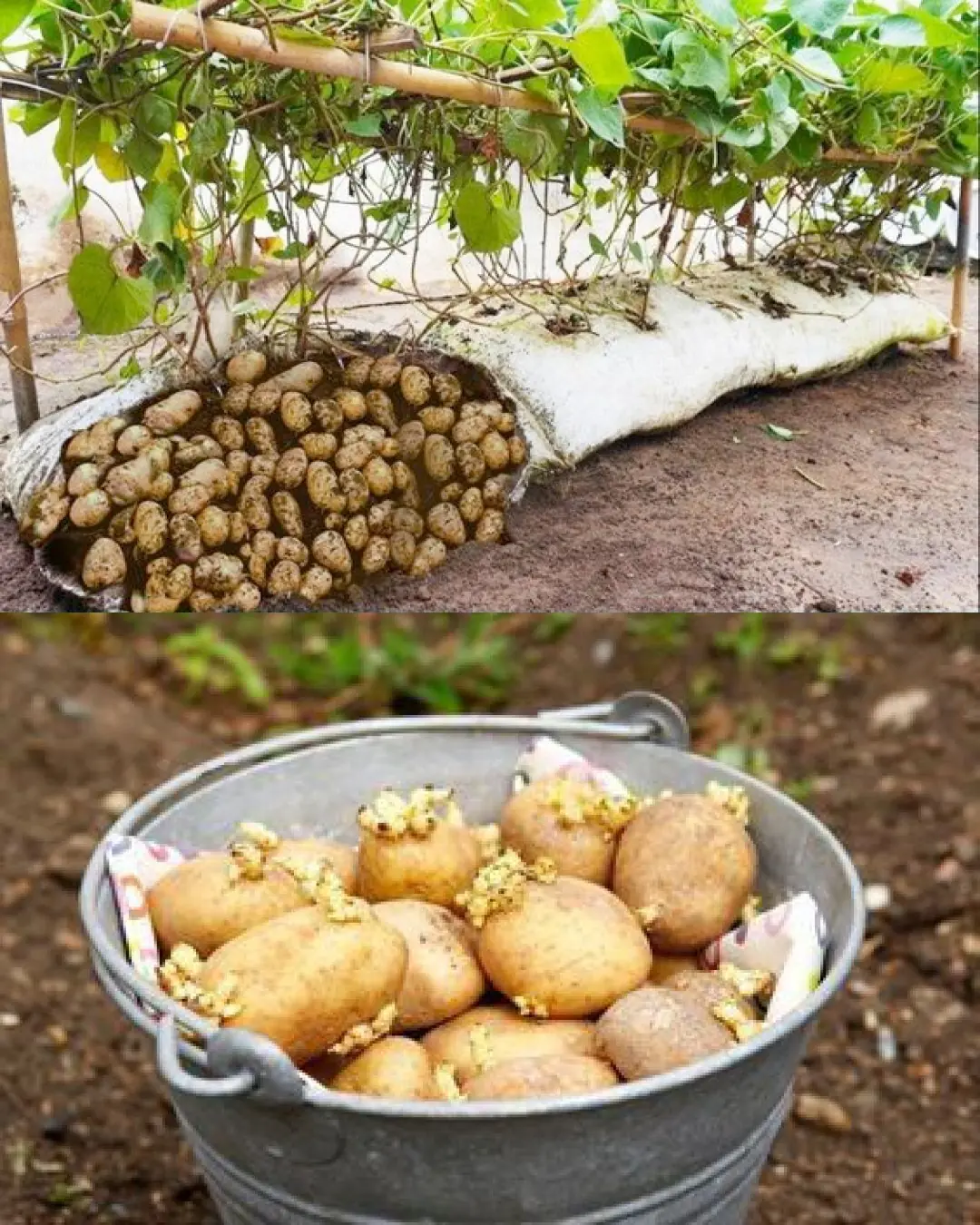
How to Grow Potatoes in Containers
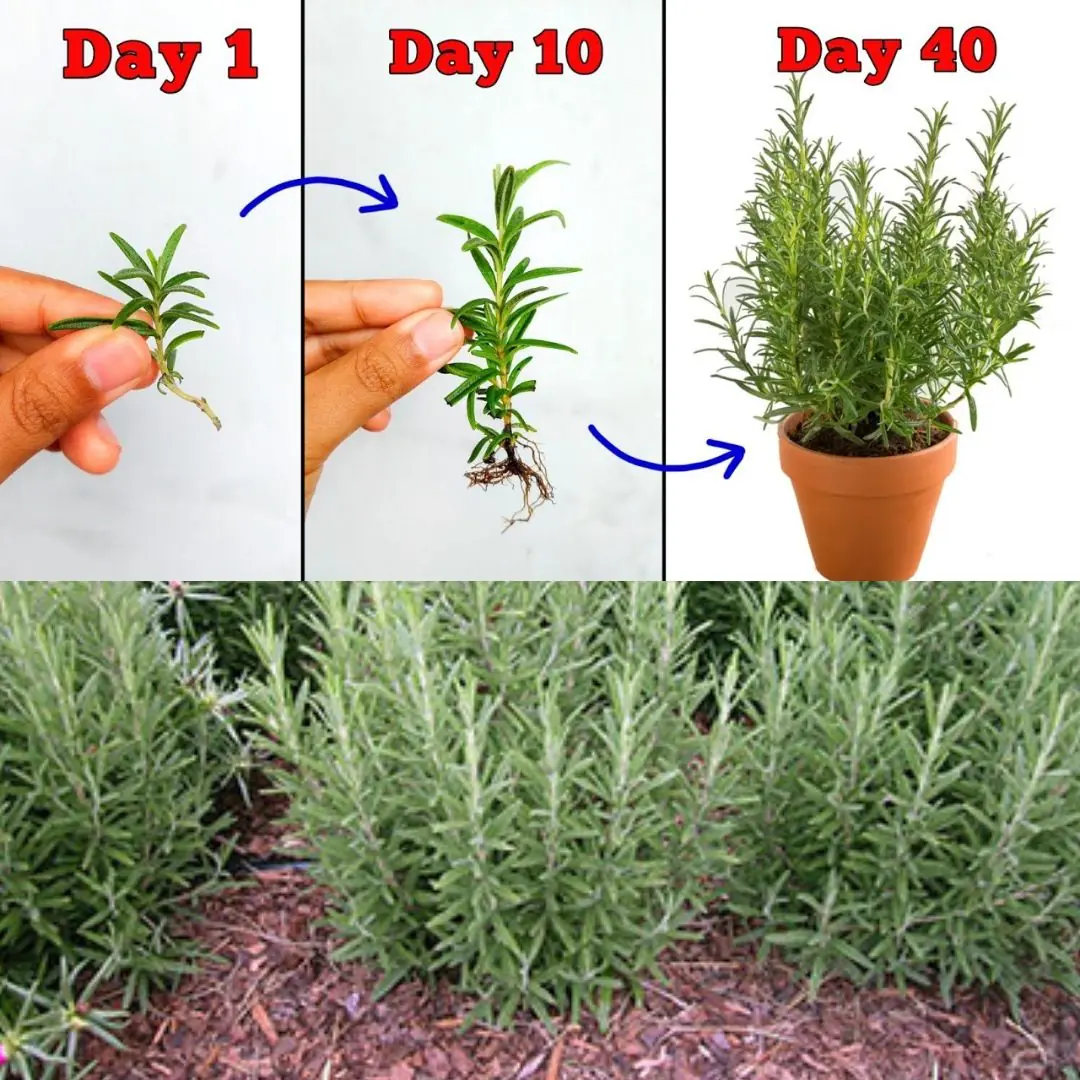
How to Propagate Rosemary in Soil or Water

The Cat
News Post

The maid squeezed water from the kitchen rag into the homeowner's drinking water pot
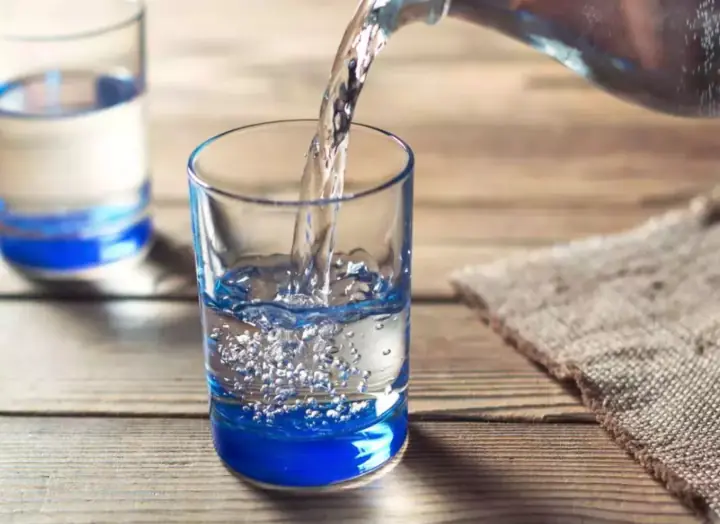
Doctor gives tips on drinking water to prevent disease and improve health without spending money
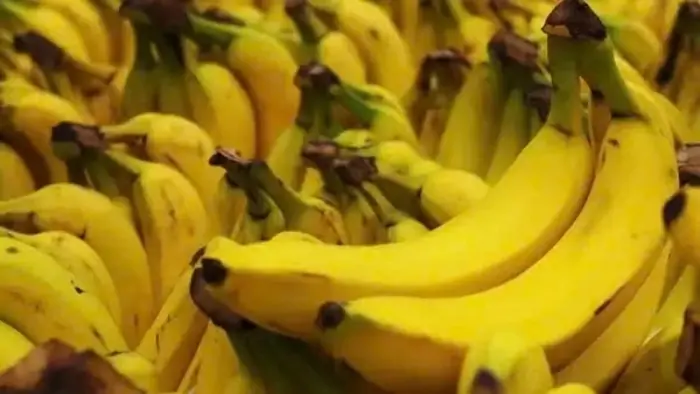
Knowing this early, you will definitely never throw away banana peels

Hemiplegia due to a habit that many men have
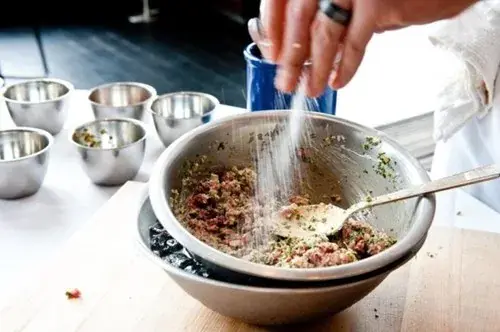
8 foods that the sooner you eat them, the higher the risk of kidney failure
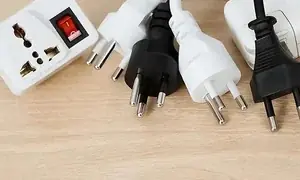
5 devices to unplug when not in use to avoid skyrocketing electricity bills
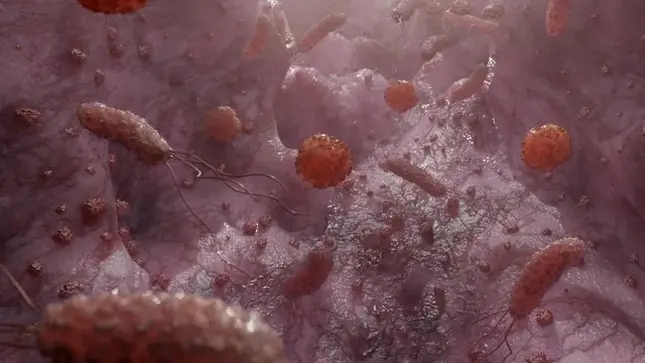
Discovery of a gut fungus that can treat fatty liver disease

Doctors point out 'taboo' foods that damage the kidneys the more you eat them
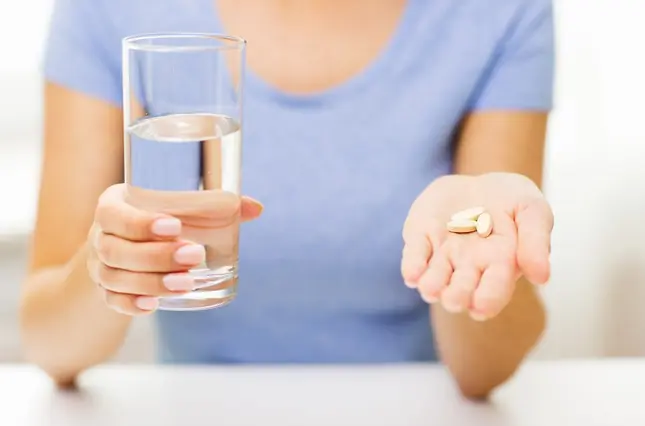
This drug 'destroys the liver and kidneys' incredibly quickly, many people use it carelessly every day
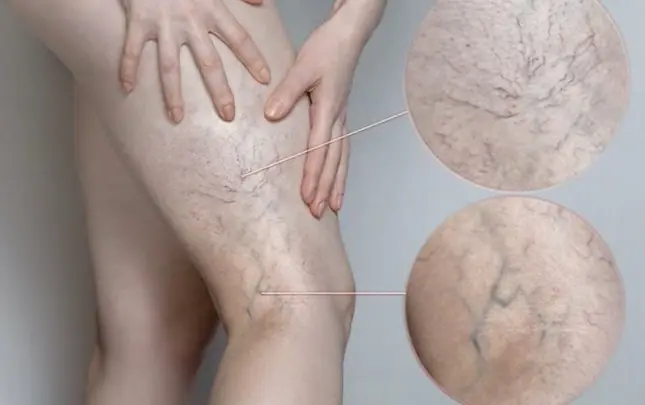
Extremely dangerous disease, 1/3 of adults are at risk of getting it, the progression is silent and difficult to detect
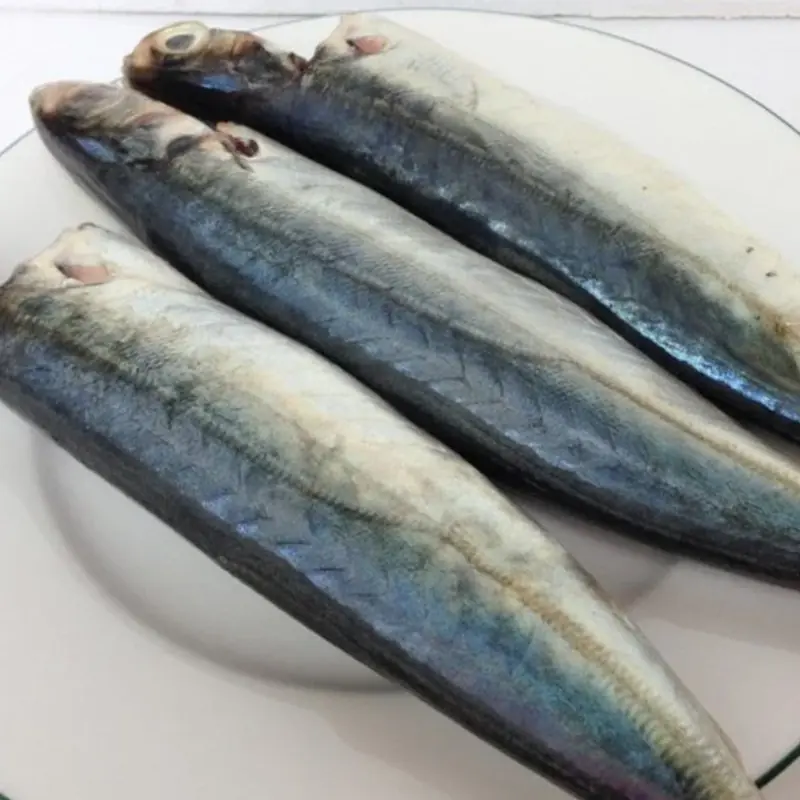
The “Ginseng of the Water”: A Nutrient-Rich Fish That’s Shockingly Affordable
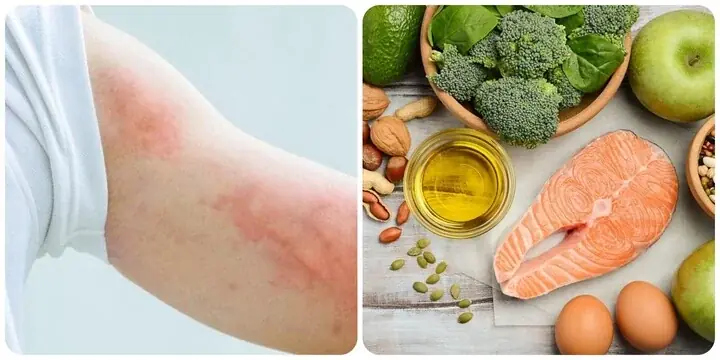
Signs of Omega-3 deficiency you should not ignore

Looking at the phone too much, the young man could not lift his head.
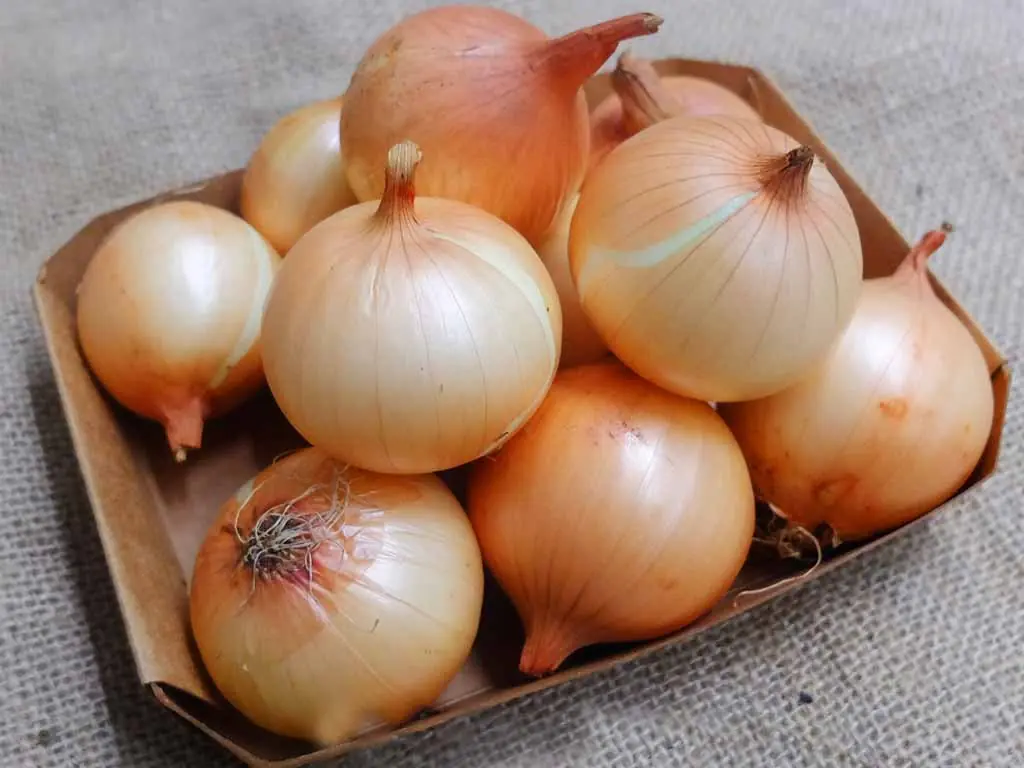
How to properly preserve onions
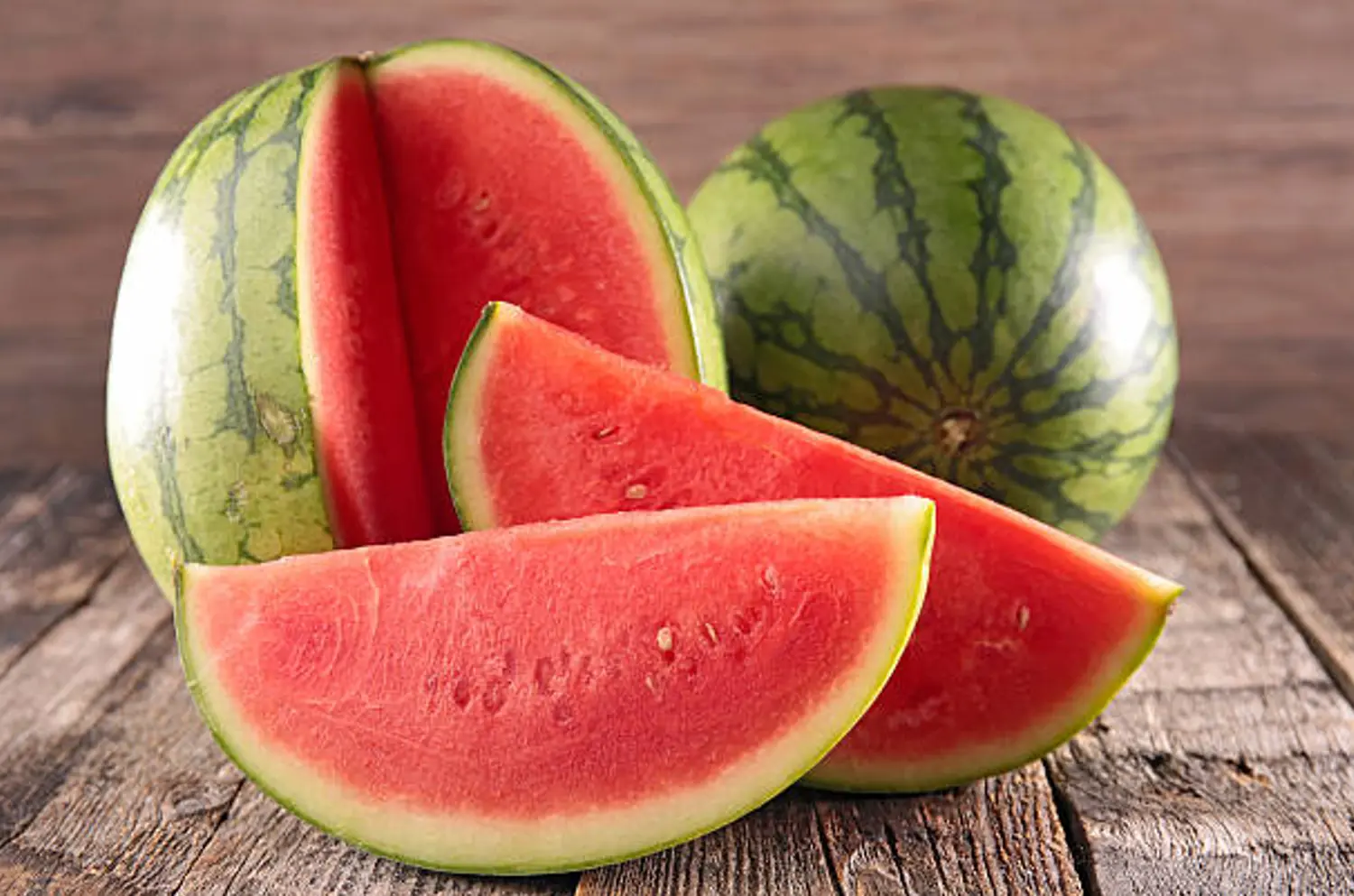
These 5 groups of people shouldn’t eat watermelon
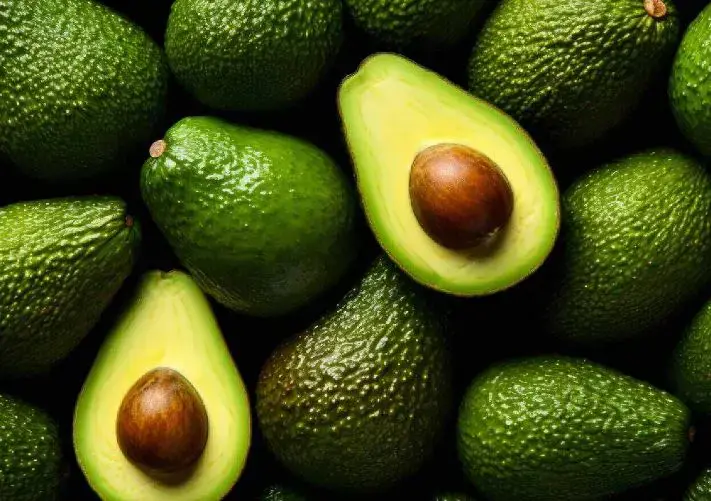
Tips to keep ripe avocados fresh longer

Baking Soda is a Gardener’s Best Friend: 10 Clever Uses in the Garden
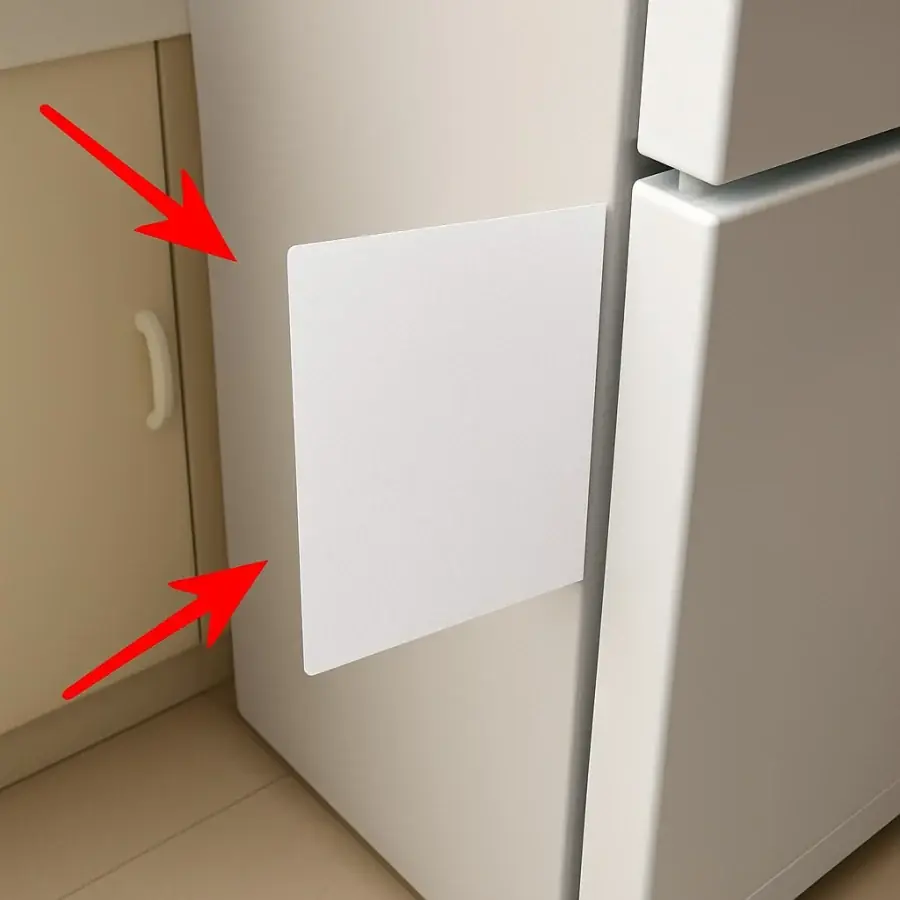
Tips to help you save on your electricity bill
